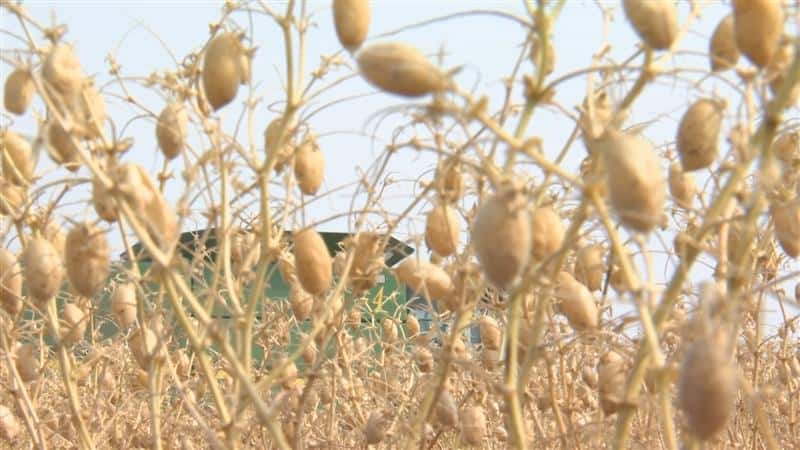United States Trade Representative Katherine Tai announced that the United States and the Republic of India have agreed to terminate six outstanding disputes at the World Trade Organization. India also agreed to remove retaliatory tariffs, which it had imposed in response to the U.S. Section 232 national security measures on steel and aluminum, on certain U.S. products, including chickpeas, lentils, almonds, walnuts, apples, boric acid, and diagnostic reagents.
These tariff cuts will restore and expand market opportunities for U.S. agricultural producers and manufacturers. The resolution also maintains the integrity of the U.S. Section 232 measures. This announcement comes as President Biden welcomed Prime Minister Narendra Modi to the United States for an Official State Visit.
India placed tariffs on pulse crops and other commodities in 2017 to supports its farmers and increase domestic prices. Then steel and aluminum tariffs put in place by the Trump Administration in 2018 seemed to only harden the resolve of the Indian government to keep the tariffs in place.
Prior to 2017, India was a key market for U.S. pulses and the trade barrier effectively cut the price of U.S. pulses in half. Without India as a viable market for pulses, Montana farmers lost more than $150 million in annual pulse crop sales, from a high of more than $329 million in 2016, to $177 million in 2020.
Montana Senator Steve Daines traveled to India in 2021 and met with Indian Prime Minister Narendra Modi’s administration to implore India to lift the tariffs. Daines hailed the decision to remove tariffs as a major win for Montana agriculture.
“This great news for Montana farmers. Montana’s pulse crop producers feed the world. In fact, our farmers are the top producers of pulse crops in the country and India is the top consumer of pulse crops in the world. I advocated for this action with the Trump and Biden administrations and with Prime Minister Modi’s administration on a trip to India in 2021. I am so glad to have played a role in helping further solidify such a strong market for Montana pulse crops and believe it will benefit our Montana farmers for years to come.”
Agriculture Secretary Tom Vilsack thanked the U.S. Trade Representative for re-opening the market for U.S. agriculture, in what was the first significant victor for the USTR’s office.
“Removal of these tariffs is a major win for America’s farmers, building on the $15 billion in new or preserved market access for agricultural products that USDA and USTR have delivered under the Biden-Harris Administration. Producers will now be able to increase sales of apples, chickpeas, lentils, almonds, and walnuts to one of the United States’ top trading partners,” Vilsack said.
“USDA applauds the Office of the U.S. Trade Representative for their diligence in reaching this agreement and for their leadership in strengthening our relationship with India,” said Vilsack. “The outcome also underscores the competitiveness of America’s high-quality food and agriculture products, which have been exported at record levels over the past two years. The Biden-Harris Administration continues to prioritize new, more and better markets on behalf of American agriculture and is proud of the economic opportunity this creates for workers and for families.”
###
USTR/USDA/Sen. Steve Daines/Northern Ag Network


